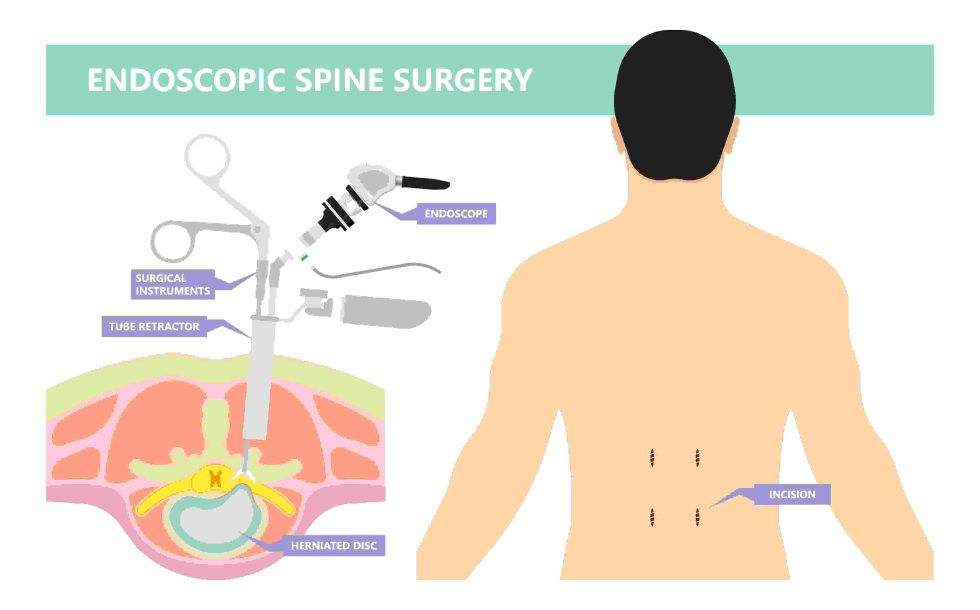Is Minimally Invasive Spine Surgery Right for You?
- Desert Spine & Scoliosis Center

- Apr 15, 2024
- 2 min read
Updated: Jun 26

If you're struggling from spine issues for any reason, whether it be nerve pain or numbness from a herniated disc, or a type of degenerative disc disease such a spondylosis, minimally invasive spine surgery may be able to help you.
It may also be possible that you don’t need surgery! But if you do, minimally invasive spine surgery (MISS) may be a better route than other, more aggressive forms of open surgery.
Here are five reasons why. But first, let’s discuss what minimally invasive spine surgery is.
What is Minimally Invasive Spine Surgery?
Before we discuss its benefits, what is minimally invasive spine surgery? Simply put, MISS is part of a growing trend of treating conditions that require surgery with a less aggressive approach made possible by advances in medical and surgical technology, otherwise known as minimally invasive surgery (MIS).
MIS as a broader category of surgery, is “a type of surgery that involves smaller incisions and shorter recovery time”, according to Yale Medicine. When MIS is performed on the spine specifically, it’s what we call minimally invasive spine surgery (MISS).
There are various types of minimally invasive spine surgery, including:
Microdiscectomy
Laminotomy/foraminotomy
Endoscopic Spine Surgery is a relatively new type of ultra-minimally invasive spine surgery we have extensive expertise in here at Desert Spine and Scoliosis Center. Due to its ultra-minimally invasive nature, its benefits may be even more pronounced compared to other types of MISS.
Top 5 Benefits of Minimally Invasive Surgery
While these benefits most certainly apply to MISS in particular, they also apply to most other types of MIS.
1. Minimally Invasive Spine Surgery Is an Outpatient Procedure
Head in for surgery in the morning and head back home the same day. This is feasible with various minimally invasive spine surgery options, unlike other open spine surgeries such as a fusion which would require an inpatient hospital stay
2. Minimally Invasive Spine Surgery Duration
How long does minimally invasive spine surgery take? Much shorter than most comparable open procedures. This reduced time under anesthesia has been proven to offer several benefits, including a lower risk of anesthesia-related complications.
3. Minimally Invasive Spine Surgery Recovery
It’s not just time on the operating table that’s shorter with MISS compared to open procedures. The recovery from minimally invasive spine surgery is often much less intense (and significantly shorter in duration) than more invasive methods, such as open spinal fusion surgery.
4. Minimally Invasive Spine Surgery Scarring
Because of the smaller incisions associated with minimally invasive procedures (especially ultra-minimally invasive MIS procedures like endoscopic spine surgery), scarring and other cosmetic evidence of surgery are often markedly reduced.
5. Less Risk for Infection
Minimally invasive spine surgery lowers infection risk by using smaller incisions, causing less tissue disruption and reducing bacteria introduction. Specialized tools and imaging enhance precision, minimizing tissue damage and infection risk. Smaller incisions also lead to faster healing, decreasing vulnerability to infection.
Discover Your Options to Restore Quality of Life Now
Contact Dr. Baig to learn more about how you might alleviate your spine issues and benefit from minimally invasive spine surgery.
_PNG.png)



Comments